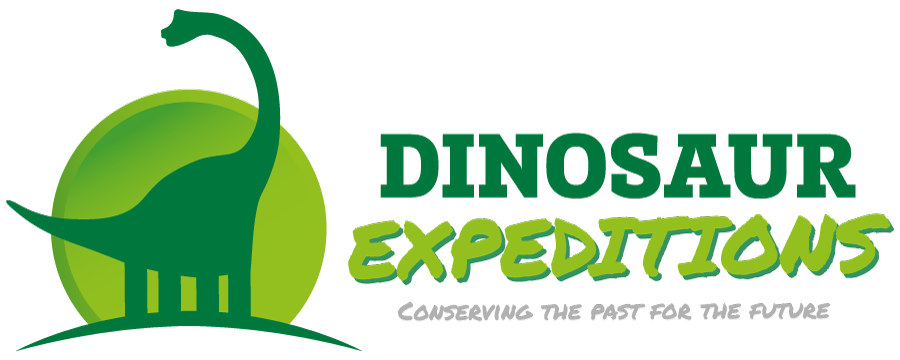I visited Dinosaur Isle Museum at Sandown on the Isle of Wight and whilst I was there I saw one of the Dorling Kindersley dinosaur models in the lab.

The Gastonia model has an original arrangement of spines.

The tall lateral (side) spines near the shoulders are quite striking compared with other reconstructions.

The model demonstrates the side row of spines from neck to the tip of the tail that formed Gastonia’s primary defense against predators.

The tail of Gastonia would have been a formidable weapon against medium to large theropods. Similar in effect to an Aztec Macuahuitl, the keratin covered tail spines would have probably caused significant lacerations to the lower body of any dinosaur unfortunate enough to be in the way of the swinging tail.
Suitable inspired, I returned to the Dinosaur Expeditions Centre at the Dinosaur Farm and decided to focus on producing a pair of dorsal (top) spines, notable for having a solid base.

I marked out the template on the foam with the keratin thickness outline added and started carving the shape out.





Once the first spine was finished I temporarily mounted it on the Minmi model to check how it looked.

I still need to blend the spine to match the body but the overall effect is imposing. So I repeated the process to make the opposite spine.

Next time I will sculpt a pair of Polacanthus spines based on a rare fossil.














